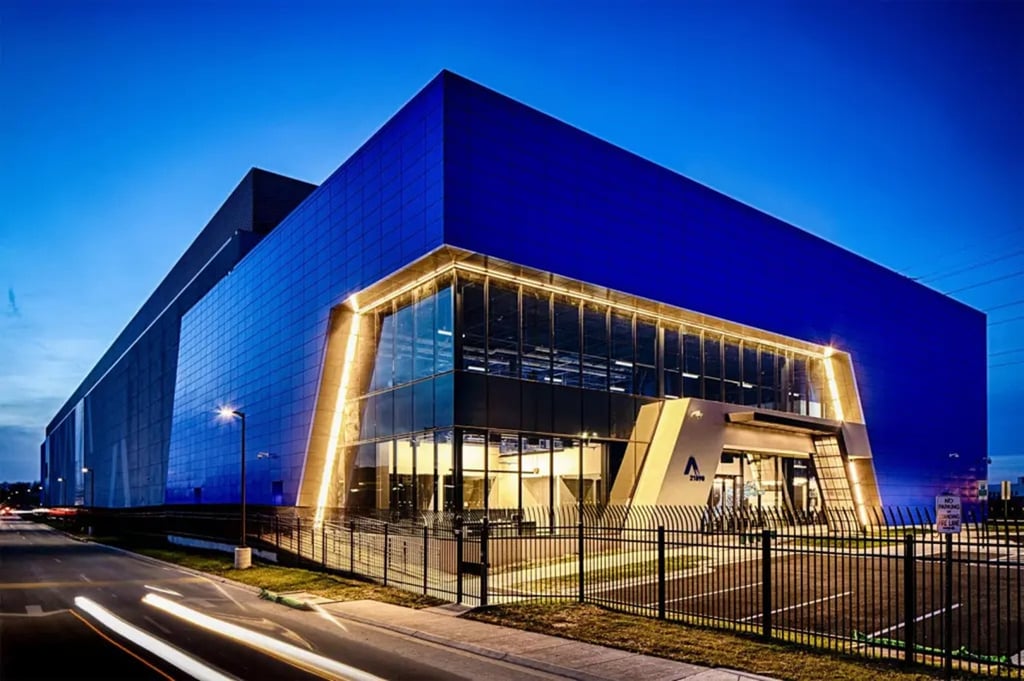Business leaders are awaiting the bottom line-boosting effects of the Internet of Things (IoT). In a survey of over 450 business and IT leaders, Gartner discovered that 40 percent were looking for the IoT to boost sales and cut costs for their organizations within three years, the analyst group announced today. Further out (five years […]
Datamation content and product recommendations are
editorially independent. We may make money when you click on links
to our partners.
Learn More
Business leaders are awaiting the bottom line-boosting effects of the Internet of Things (IoT).
In a survey of over 450 business and IT leaders, Gartner discovered that 40 percent were looking for the IoT to boost sales and cut costs for their organizations within three years, the analyst group announced today. Further out (five years or more), 60 percent said that they expected the same result.
Yet few of them have a plan to capitalize on the IoT’s growth.
Less than a quarter of those polled had IoT leadership in place, in the form of either a single business units or multiple groups taking up the cause. Gartner’s data reveals that “the IoT is very immature, and many organizations have only just started experimenting with it” by adding IoT-enabled gear to their production environments, said Nick Jones, a vice president and distinguished analyst at the research firm.
Some industries are further ahead of the curve than others. Executives at communications and services companies had a better grasp of the IoT’s potential impact, while those in the government, education, banking and insurance industries lagged behind.
Economics aren’t a factor, as it only adds “a few tens of dollars” to add networking and sensing capabilities to products, observed Jones. “The real challenge of the IoT is less in making products ‘smart’ and more in understanding the business opportunities enabled by smart products and new ecosystems.”
Last year, Gartner forecast that by 2020, the IoT will consist of 26 billion devices and generate over $300 billion in incremental revenue by that year. As expected, IT departments will bear the brunt of IoT’s encroachment.
“Data center operations and providers will need to deploy more forward-looking capacity management platforms that can include a data center infrastructure management (DCIM) system approach of aligning IT and operational technology (OT) standards and communications protocols to be able to proactively provide the production facility to process the IoT data points based on the priorities and the business needs,” said Gartner research director Fabrizio Biscotti in a statement at the time.
Successful IoT initiatives don’t have to fall squarely on the shoulders of a CIO or other top executive, said Steve Kleynhans, a research vice president at Gartner. “While a single leader for the IoT is not essential, leadership and vision are important, even in the form of several leaders from different business units.”
Nonetheless, Gartner said experts will soon begin to emerge within enterprises. “We expect that over the next three years, more organizations will establish clear leadership, and more will recognize the value of some form of an IoT center of excellence because of the need to master a wide range of new technologies and skills,” said Kleynhans.
Pedro Hernandez is a contributing editor at Datamation. Follow him on Twitter @ecoINSITE.
Photo courtesy of Shutterstock.
-
Ethics and Artificial Intelligence: Driving Greater Equality
FEATURE | By James Maguire,
December 16, 2020
-
AI vs. Machine Learning vs. Deep Learning
FEATURE | By Cynthia Harvey,
December 11, 2020
-
Huawei’s AI Update: Things Are Moving Faster Than We Think
FEATURE | By Rob Enderle,
December 04, 2020
-
Keeping Machine Learning Algorithms Honest in the ‘Ethics-First’ Era
ARTIFICIAL INTELLIGENCE | By Guest Author,
November 18, 2020
-
Key Trends in Chatbots and RPA
FEATURE | By Guest Author,
November 10, 2020
-
Top 10 AIOps Companies
FEATURE | By Samuel Greengard,
November 05, 2020
-
What is Text Analysis?
ARTIFICIAL INTELLIGENCE | By Guest Author,
November 02, 2020
-
How Intel’s Work With Autonomous Cars Could Redefine General Purpose AI
ARTIFICIAL INTELLIGENCE | By Rob Enderle,
October 29, 2020
-
Dell Technologies World: Weaving Together Human And Machine Interaction For AI And Robotics
ARTIFICIAL INTELLIGENCE | By Rob Enderle,
October 23, 2020
-
The Super Moderator, or How IBM Project Debater Could Save Social Media
FEATURE | By Rob Enderle,
October 16, 2020
-
Top 10 Chatbot Platforms
FEATURE | By Cynthia Harvey,
October 07, 2020
-
Finding a Career Path in AI
ARTIFICIAL INTELLIGENCE | By Guest Author,
October 05, 2020
-
CIOs Discuss the Promise of AI and Data Science
FEATURE | By Guest Author,
September 25, 2020
-
Microsoft Is Building An AI Product That Could Predict The Future
FEATURE | By Rob Enderle,
September 25, 2020
-
Top 10 Machine Learning Companies 2021
FEATURE | By Cynthia Harvey,
September 22, 2020
-
NVIDIA and ARM: Massively Changing The AI Landscape
ARTIFICIAL INTELLIGENCE | By Rob Enderle,
September 18, 2020
-
Continuous Intelligence: Expert Discussion [Video and Podcast]
ARTIFICIAL INTELLIGENCE | By James Maguire,
September 14, 2020
-
Artificial Intelligence: Governance and Ethics [Video]
ARTIFICIAL INTELLIGENCE | By James Maguire,
September 13, 2020
-
IBM Watson At The US Open: Showcasing The Power Of A Mature Enterprise-Class AI
FEATURE | By Rob Enderle,
September 11, 2020
-
Artificial Intelligence: Perception vs. Reality
FEATURE | By James Maguire,
September 09, 2020
SEE ALL
DATA CENTER ARTICLES









